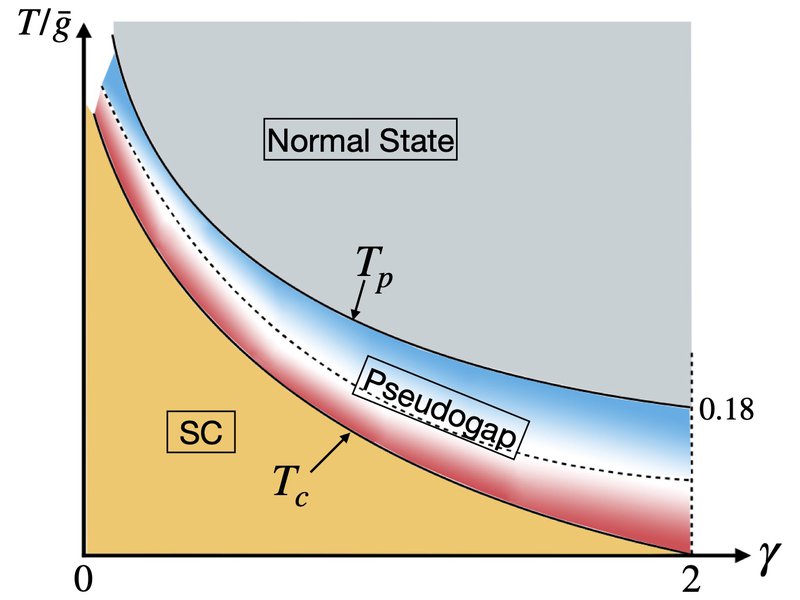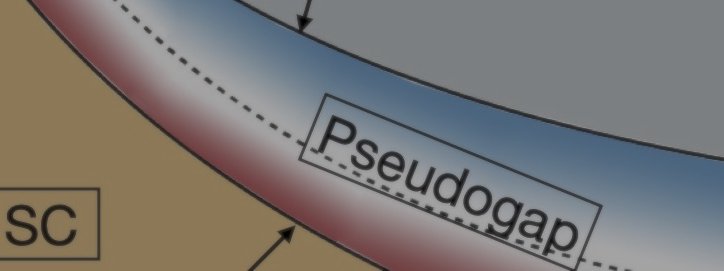In my talk, I review recent and not so recent works aiming to understand whether a nominally repulsive Coulomb interaction can by itself give rise to a superconductivity. I discuss a generic scenario of the pairing by electron-electron interaction, put forward by Kohn and Luttinger back in 1965, and modern studies of the electronic mechanisms of superconductivity in the lattice systems, which model cuprates, Fe-based superconductors, and even doped graphene. I show that the pairing in all three classes of materials can be viewed as a lattice version of Kohn-Luttinger physics, despite that the pairing symmetries are different. I discuss under what condition the pairing occurs and rationalize the need to do renormalization-group studies. I also discuss most recent work on the interplay between the true superconductivity and the pseudogap behavior, in which the pairing gap is present but superconducting order is destroyed by fluctuations.



